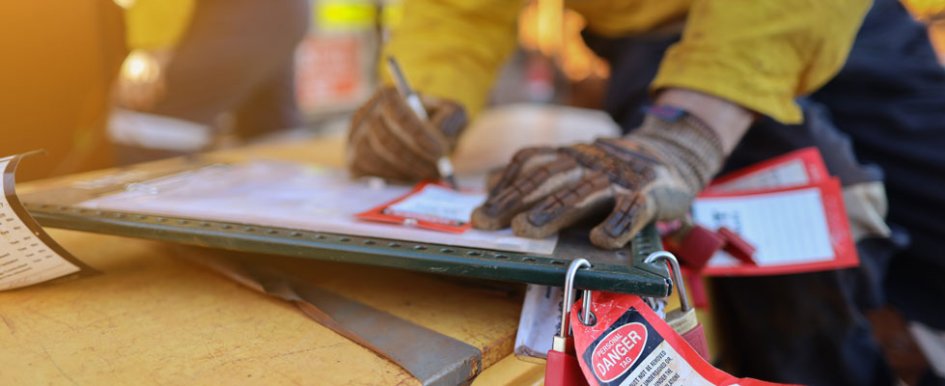

Tomasz Dering
Corporate Safety Director, Plaza Construction
First and foremost, safety needs to be embedded in all that we do. At Plaza Construction, it's one of our four core values. Simply stated, we ensure the well-being of all individuals by upholding the highest standards of health and safety. To that end, we have made a conscious effort to integrate safety into every level of preplanning in order to improve our already strong safety record.
We begin our process with prequalifying subcontractors and reviewing their OSHA recordable cases and experience modification rates to ensure we can flag applicants that do not meet our standards. A logistics plan is developed for each jobsite that not only addresses the best options for cost and schedule, but also addresses public and worker safety by reviewing crane routes, overhead protection, debris netting and emergency evacuation, just to name a few.
All of our subcontractors take part in preconstruction safety meetings, where all aspects of the job specific to their operations are discussed and reviewed. That portion of the project does not start until all possible hazards are discussed. The process continues with weekly safety meetings, where all trade competent persons to discuss current and future work so proper planning can be made.

Eric Olson, MS, CSP, CIH
Safety Director, Western Specialty Contractors
Over the years, we have introduced a number of initiatives that have improved our safety program, including a soft tissue management program, mandatory glove use and a daily huddle/job hazard analysis program. But one of the most impactful initiatives was implementing a 24-hour safety hotline that allows employees to reach a safety professional at any time. We have mainly used this type of communication for the handling of safety incidents, but also for answering questions and managing regulatory inspections. Instant communication with the safety department has allowed Western to take control of situations in the field prior to them becoming a problem.
For example, we recently contracted with a mobile medic company that will travel to the jobsite to treat first-aid injuries within 60 minutes. In the past, we would often find out about these minor issues after several hours or even days.
By then, it was too late to minimize their impacts. The process has drastically cut down on claims and Occupational Safety and Health Administration (OSHA) recordable cases when the injury was reported late or the initial report was not taken seriously because the site manager was tied up with something else at the time. Real-time case management can absolutely have a bottom-line impact, without requiring a great deal of knowledge to truly handle the situation.

Martha Bixby
Vice President, Health & Safety, Brown and Caldwell
Brown and Caldwell (BC) developed a peer-to-peer recognition program focusing on behaviors, actions and ideas that lead to improved safety and health outcomes. Fundamentally, the program shifts the mindset towards safety. We've created an environment where employees are rewarded for safe behaviors, reporting incidents or near-misses, and suggesting innovations to make designs safer and more sustainable for clients.
This encourages reporting and gets people talking about desired behaviors or mindsets. Having a peer-to-peer nomination process is key. Rather than traditional, behavior-based safety observation programs, we believe our program is optimized for our industry and culture.
While a thank you has value, BC's utilization of the award creates visibility for the nominator and the receiver and allows leadership to connect our employees with the reasoning behind the award. Since the program's inception, we've seen a rise in award volume by approximately 175%. Simultaneously, lost-time incident rates have dropped to zero, and our recordable incident rate is significantly lower than the industry average.
This mindset extends to our design-build sites and subcontractors. While we still act upon near-misses and administer first aid, the majority of our design-build projects are completed with zero injuries and no significant property damage incidents.
